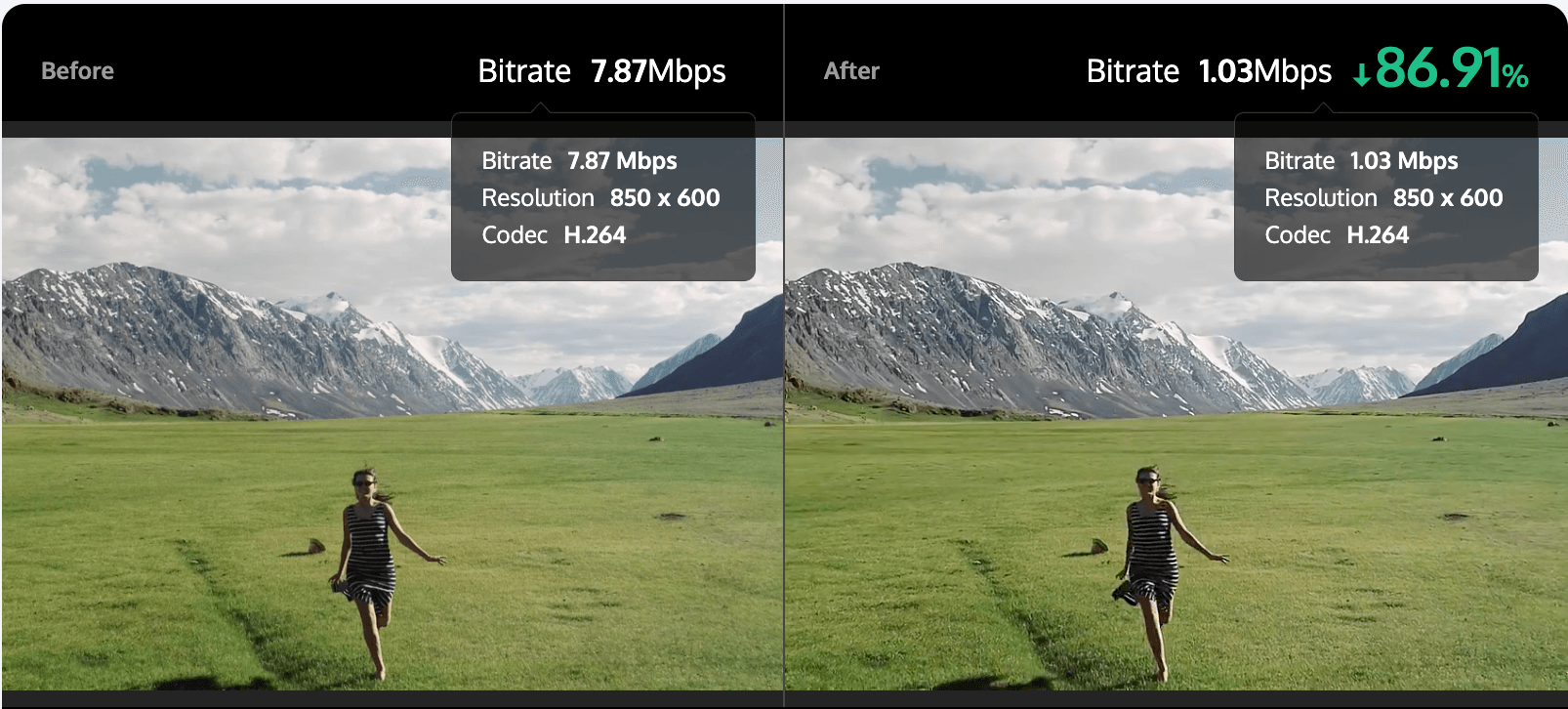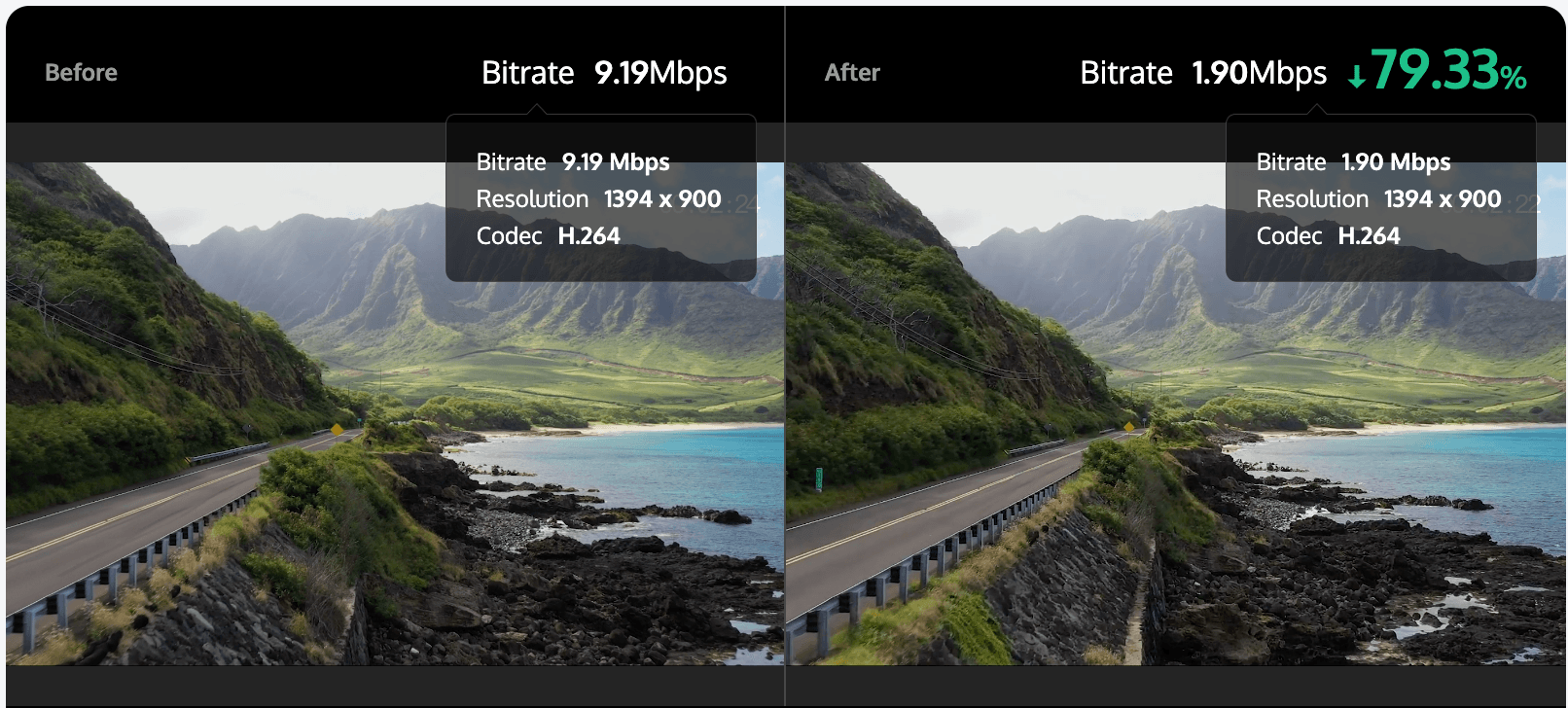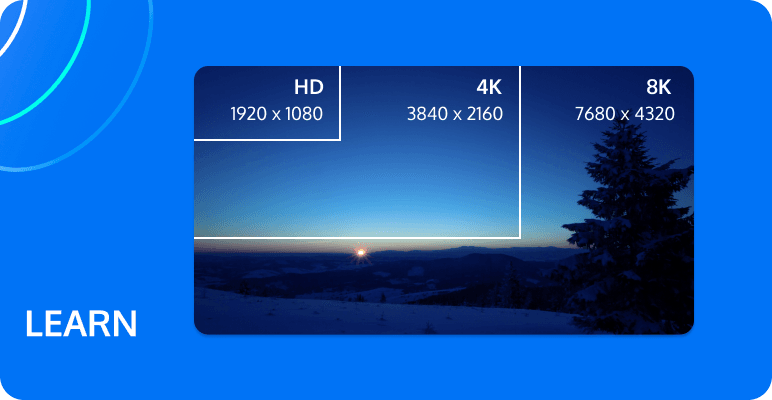What is Video Encoding?Complete Guide

As technology advances, video encoding has become a crucial element of modern digital media. The process of video encoding involves transforming unprocessed video data into a compressed and optimized format that can be effortlessly stored, transmitted, and played on various devices. In this article, we will delve into the technical details of video encoding and explore the capabilities of video encoding products.
What is video encoding?
Video encoding is the process of converting digital video data into a format that can be easily stored, transmitted, and played back on various devices. It involves compressing the video data to reduce its size while maintaining as much of the original quality as possible. This process is crucial for efficient video streaming, sharing, and storage, and it is used in a wide range of applications, including online video platforms, social media, and video conferencing.
How Does Video Encoding Work?
The video encoding process involves several stages, including preprocessing, compression, quantization, entropy coding, and packaging. Each stage plays a critical role in optimizing the video data for efficient storage and transmission.
Preprocessing
During the preprocessing stage, the raw video data is analyzed and processed to remove any noise or artifacts that may affect the final output. This stage may also involve scaling the video resolution, adjusting the frame rate, and applying color correction to ensure optimal visual quality.
Compression
The next step in the video encoding process is compression. Compression algorithms work by reducing the amount of data required to represent the video while maintaining as much of the original quality as possible. There are two types of compression: lossless and lossy. Lossless compression algorithms retain all the original data, while lossy compression algorithms discard some data to achieve higher compression ratios.
Quantization
After compression, the video data undergoes quantization, which further reduces the amount of data required to represent the video. During quantization, the data is rounded to a smaller set of values, which results in some loss of information. However, the level of quantization can be adjusted to balance the trade-off between data reduction and visual quality.
Entropy Coding
Entropy coding is the final stage in the video encoding process, where the compressed and quantized data is encoded using a variable-length code. This process assigns shorter codes to more frequently occurring symbols, which helps to reduce the overall size of the encoded data.

What are a Video Codec and Video Container?
There are many different video codecs and formats available, each with its own advantages and disadvantages. Some popular codecs include H.264/AVC, H.265/HEVC, H.266/VVC, VP9, and AV1. The choice of codec depends on factors such as the intended use case, the quality required, and thedevices or platforms on which the video will be played back.
H.264/AVC
H.264/AVC is a widely used video codec that provides high-quality compression at relatively low bitrates. It uses a combination of intra-frame and inter-frame compression techniques to achieve efficient compression ratios while maintaining good visual quality.
H.265/HEVC
H.265/HEVC, also known as High Efficiency Video Coding, is the successor to H.264/AVC. It offers improved compression efficiency and supports higher resolutions and frame rates than its predecessor. However, H.265/HEVC requires more computational power and memory than H.264/AVC, making it more suitable for high-end applications.
H.266/VVC
H.266, also referred to as Versatile Video Coding (VVC), is the newest video compression standard created by the Joint Video Experts Team (JVET), a group of professionals from the video coding sector. This cutting-edge standard aims to surpass its predecessors, such as H.264/AVC and H.265/HEVC, in terms of compression efficiency while preserving high video quality.
VP9
VP9 is an open-source video codec developed by Google. It offers similar compression efficiency to H.265/HEVC but requires less computational power and memory. VP9 is widely used for streaming video on the web, particularly on YouTube.
AV1
AV1 is a new open-source video codec developed by the Alliance for Open Media (AOMedia). It offers improved compression efficiency over H.265/HEVC and VP9 while maintaining compatibility with existing web standards. AV1 is expected to become a popular choice for streaming video in the future.
Advantages of Video Encoding
One of the main benefits of video encoding is that it reduces the amount of storage space and bandwidth required for video data. Uncompressed video can take up terabytes of storage space, making it impractical for most applications. By compressing the data, video encoding makes it possible to store and share videos more efficiently.
Another advantage of video encoding is that it allows videos to be played back on a wide range of devices. Different devices have different requirements for video formats and codecs, so encoding ensures that the video can be played back on a variety of devices, including smartphones, tablets, laptops, and smart TVs.
Tencent MPS Encoding
Tencent MPS encoding provides a feature that aims to maximize the source video quality while simultaneously reducing bitrates and enhancing Quality of Experience (QoE). This results in cost savings on cloud storage and CDN bills, as well as delivering a new high-definition experience to your end-users. Here are several advantages that Tencent MPS can offer in your encoding tasks:
Reduce Bitrates by 50%+
Wide encoding options (AV1, H.266, H.265, H.264), reducing bitrates without quality loss, saving playback bandwidth and costs.
Superior Quality, HD Vision
Top Speed Codec offers higher resolution while lowering bitrate, increasing VMAF by 3 - 5 scores; Supports up to 8K high-resolution video real-time encoding, combining Super-Resolution, HDR, wide color gamut, etc. to provide extremely clear visuals.
Comprehensive Features to Meet Diverse Needs
30x speed transcoding, digital watermarking, etc.
Reducing video file size without losing quality can be achieved through a combination of tools and techniques. With Tencent MPS encoding, significant file size reduction can be achieved without compromising video quality.You are welcome to Contact Us for more information.
